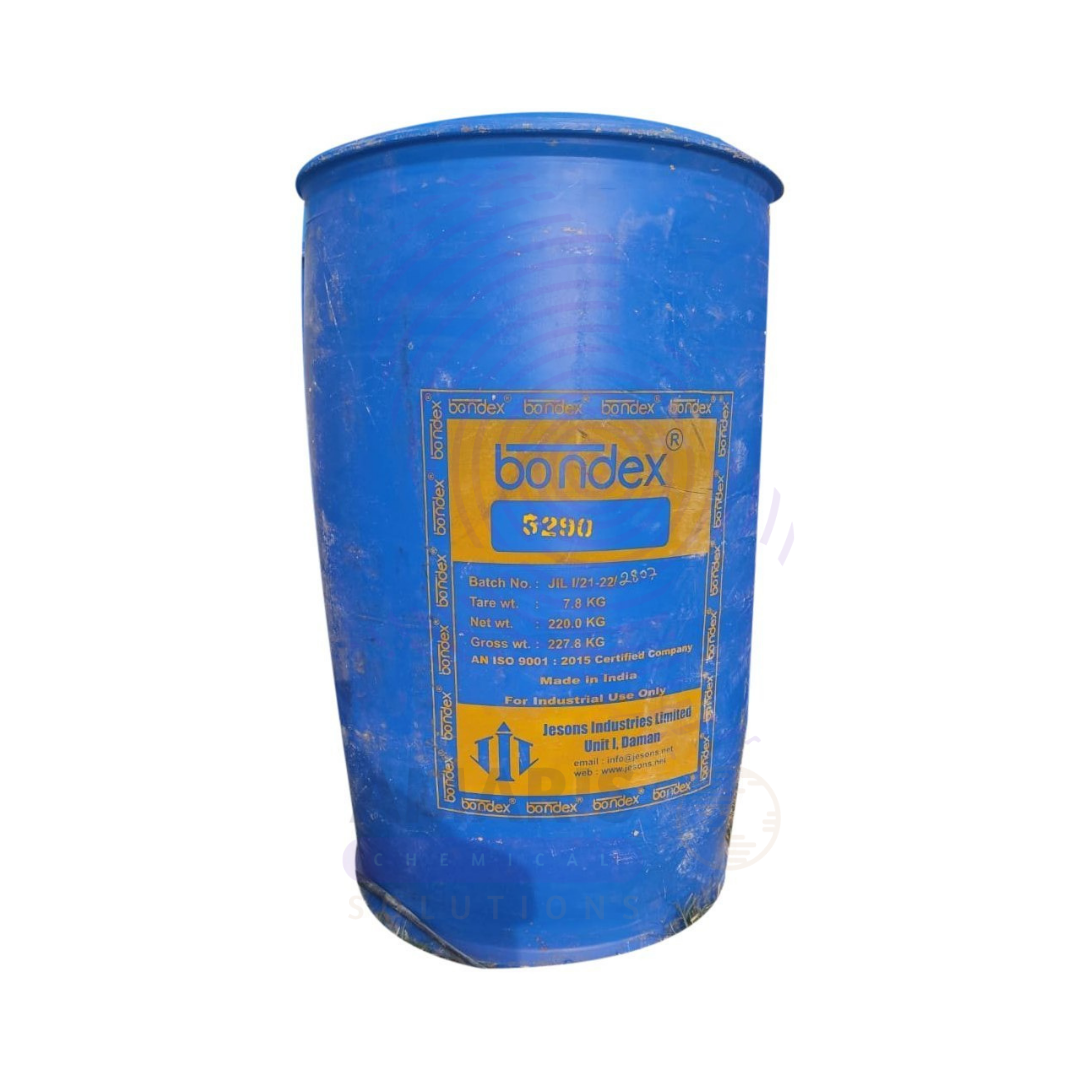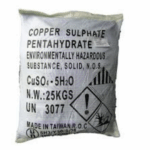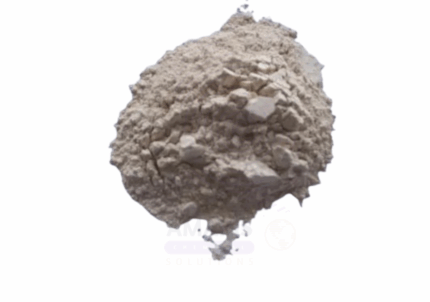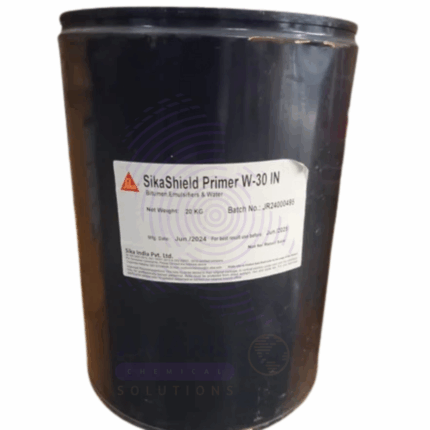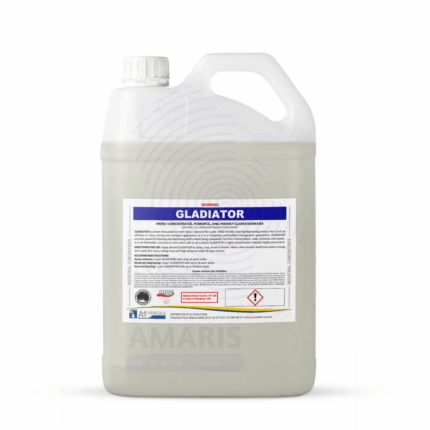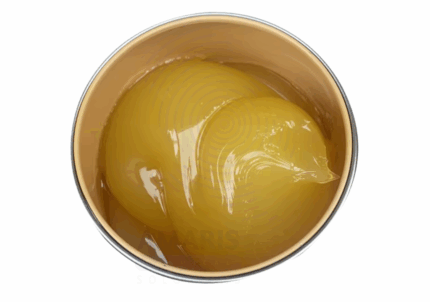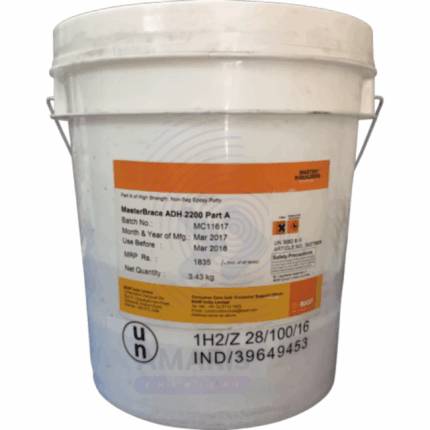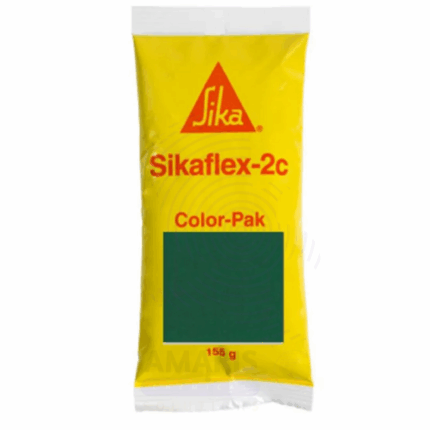Bondex 5299
Whatsapp Order
Bondex 5299 is a solvent-based, high-performance industrial adhesive formulated to provide strong, durable bonds on a wide variety of substrates such as metals, plastics, rubber, and composites. It appears as a clear to amber viscous liquid with a characteristic solvent odor. Known for excellent resistance to heat, moisture, and chemicals, Bondex 5299 cures by solvent evaporation to form a flexible, resilient bond. It is widely used in automotive, aerospace, electronics, and heavy machinery industries due to its reliable bonding strength and quick curing properties.
Description
Table of Contents
Toggle
Bondex 5299
Primary Uses
- Industrial Manufacturing
- Used for bonding metals including aluminum, steel, and stainless steel in automotive and aerospace assemblies.
- Adheres plastic substrates such as ABS, PVC, polycarbonate, and acrylic in electronics and appliance assembly.
- Bonds rubber components and composite materials in gaskets, seals, and vibration dampening applications.
- Provides structural bonding for machinery and equipment manufacturing requiring durability and vibration resistance.
- Automotive Industry
- Assembly of interior and exterior vehicle components such as body panels, trim, and wiring harness attachments.
- Repair and refurbishment applications requiring strong, flexible adhesive bonds.
- Electronics & Electrical
- Secures components on circuit boards and assemblies that require resistance to thermal cycling and moisture ingress.
- Used in potting and encapsulating to protect sensitive electronics.
- Aerospace
- Bonds lightweight composite materials and metal alloys used in aircraft and spacecraft, withstanding extreme environmental stresses.
Secondary Uses
- Marine Industry
- Bonds boat components exposed to harsh saltwater and weather conditions.
- Construction
- Specialty bonding for fixtures and fittings where mechanical fasteners are impractical.
- Industrial Repair & Maintenance
- Used for quick, high-strength repairs on industrial equipment and machinery.
KEY PRODUCT FEATURES
1. Basic Identification Attributes
- Chemical Name (IUPAC): Proprietary polymer adhesive with solvent carrier
- Common/Trade Name: Bondex 5299
- CAS Number: Not applicable (proprietary formulation)
- HS Code: 3506.10 (Adhesives based on polymers)
- Synonyms:
- Industrial solvent-based adhesive
- High-performance polymer adhesive
- Bondex Solvent Adhesive 5299
- Multi-substrate adhesive Bondex 5299
2. Physical & Chemical Properties
- Physical State: Viscous liquid
- Color & Odor: Clear to amber; characteristic solvent odor
- Melting Point: Not applicable
- Boiling Point: Approximately 150–200°C (solvent dependent)
- Density: ~0.9–1.1 g/cm³
- Solubility: Insoluble in water; soluble in organic solvents
- pH: Not applicable
- Vapor Pressure: Moderate due to volatile solvents
- Stability: Stable under recommended storage and use conditions
3. Safety & Hazard Attributes
- Hazard Class (GHS): Flammable liquid (Category 2 or 3 depending on solvent content)
- NFPA Ratings:
- Health: 2
- Flammability: 3
- Reactivity: 0
- Exposure Limits: Subject to VOC regulations; use only in well-ventilated areas
- Toxicity: Moderate; avoid inhalation and skin contact to prevent irritation
- Reactivity: Stable under normal conditions; avoid open flames and strong oxidizers
4. Storage & Handling Attributes
- Storage Conditions: Store in a cool, dry, well-ventilated area away from heat and ignition sources
- Container Type: Metal or HDPE containers with airtight seals
- Shelf Life: 12 months unopened under recommended storage conditions
- Special Handling: Use PPE including gloves, goggles, and respiratory protection; ground containers during transfer to prevent static discharge
5. Regulatory & Compliance Attributes
- FDA Status: Not applicable (industrial adhesive)
- VOC Compliance: Complies with relevant regional VOC emission regulations
- Transportation: Classified as flammable liquid; comply with ADR, DOT, IATA transport regulations
- Waste Disposal: Dispose according to hazardous waste regulations; prevent environmental release
6. Environmental & Health Impact
- Ecotoxicity: Potentially harmful to aquatic life if released uncontrolled
- Persistence: Solvent evaporates; polymer residues persist but are chemically stable
- Bioaccumulation: Not expected
- Carcinogenicity/Mutagenicity: No evidence of carcinogenicity; handle with care due to solvent content
- Biodegradability: Limited due to polymeric nature
SAFETY HANDLING PRECAUTIONS
Safety Handling Precautions
Personal Protective Equipment (PPE):
- Chemical-resistant gloves
- Protective goggles or face shield
- Respiratory protection when ventilation is inadequate
- Protective clothing
Handling Measures:
- Use in well-ventilated areas or with local exhaust ventilation
- Avoid inhalation of vapors and skin contact
- Keep away from ignition sources
- Ground and bond containers during transfer to prevent static discharge
Storage Measures:
- Store away from heat, sparks, flames, and incompatible materials
- Keep containers tightly closed when not in use
Hygiene Practices:
- Wash hands thoroughly after handling
- Do not eat, drink, or smoke while using this product
First Aid Measures
- Inhalation: Move person to fresh air; seek medical attention if breathing difficulties occur
- Skin Contact: Wash skin with soap and water; remove contaminated clothing
- Eye Contact: Rinse immediately with plenty of water for at least 15 minutes; seek medical advice if irritation persists
- Ingestion: Do not induce vomiting; seek immediate medical assistance
Firefighting Measures
- Fire Hazards: Highly flammable liquid and vapor
- Extinguishing Media: Dry chemical, foam, carbon dioxide, or water spray
- Special Precautions: Firefighters should wear full protective gear and self-contained breathing apparatus (SCBA)
- Decomposition Products: May emit carbon oxides, hydrocarbons, and toxic fumes under fire conditions
Related products
Acrytan SN
Bitumen Primer
Bitumen Primer is a high-performance, solvent-based or water-based coating designed to prepare and seal surfaces before the application of bituminous waterproofing or roofing systems. It enhances adhesion by binding dust, reducing surface porosity, and creating a tacky base layer for membranes, felts, and asphalt-based applications. Bitumen Primer is quick-drying, highly penetrative, and applicable to a wide variety of substrates including concrete, masonry, metal, and wood. It plays a critical role in extending the durability and effectiveness of waterproofing systems in construction and industrial environments.
Desmocol
Desmocol is a trade name for Cocamido Propyl Betaine (CAPB), a mild amphoteric surfactant derived from coconut oil and dimethylaminopropylamine. It is widely used in personal care and cleaning formulations due to its excellent foaming, thickening, and conditioning properties. Desmocol is known for its skin-friendly nature, compatibility with a broad range of surfactants, and ability to reduce irritation potential in formulations. It appears as a viscous, amber-colored liquid or paste with a characteristic mild coconut odor.
Gladiator
Gladiator is a high-performance structural adhesive based on methyl methacrylate (MMA) chemistry. Designed as a two-part reactive acrylic system, it offers exceptional bonding strength for demanding industrial and structural applications. With a shear strength exceeding 3,000 psi, Gladiator is particularly effective for bonding metals, plastics, and composite materials. It cures at room temperature and offers excellent resistance to mechanical stress, impact, vibration, and thermal cycling. Widely used in construction, automotive, marine, and maintenance applications, it features rapid setting, gap-filling capacity, and superior durability—even under harsh conditions.
Marble Adhesive Glue
Marble Adhesive Glue Granite Glue, also known as Granite Glue, is a high-strength adhesive specifically formulated for bonding natural stones such as marble, granite, and other types of stone surfaces. It offers excellent adhesion, durability, and resistance to environmental factors like moisture, heat, and chemicals. This glue is commonly used in construction, interior decoration, and stone fabrication industries to securely fix stone slabs, tiles, and countertops. The adhesive provides a seamless and strong bond, facilitating the installation and repair of stone surfaces with high aesthetic and structural quality.
Master Brace ADH
Master Brace ADH is a high-strength adhesive designed for bonding construction materials such as concrete, metal, wood, and stone. It is formulated to provide superior adhesion, fast curing, and excellent durability, making it suitable for both indoor and outdoor applications. The adhesive offers resistance to moisture, temperature variations, and mechanical stress, ensuring long-lasting bonds in demanding construction environments.
Sika Flex 2c Color Pack
Sika Flex 2c Color Pack is a high-quality, ready-to-use colorant additive designed specifically to tint two-component polyurethane and hybrid sealants and adhesives. It provides consistent, vibrant, and durable colors that enhance the aesthetic appeal and blend seamlessly with construction materials. This color pack is compatible with Sika Flex 2c sealants, enabling customized color matching for joints and sealing applications in construction, automotive, and industrial projects.
Sika Flexi Tape
Sika Flexi Tape is a flexible, high-strength sealing and repair tape designed for quick and durable sealing solutions. Made from a tough, elastic polymer film coated with an aggressive adhesive, it provides excellent adhesion to a variety of surfaces including metals, plastics, concrete, and wood. The tape is weatherproof, waterproof, and UV resistant, making it suitable for both indoor and outdoor applications. It is ideal for sealing leaks, patching holes, and reinforcing joints, offering a convenient and reliable alternative to liquid sealants.


 Preservatives(food)
Preservatives(food) Flavor Enhancers
Flavor Enhancers Acidulants
Acidulants Sweeteners
Sweeteners Antioxidants
Antioxidants Colorants(food)
Colorants(food) Nutraceutical Ingredients (food)
Nutraceutical Ingredients (food) Nutrient Supplements
Nutrient Supplements Emulsifiers
Emulsifiers
 Collectors
Collectors Dust Suppressants
Dust Suppressants Explosives and Blasting Agents
Explosives and Blasting Agents Flocculants and Coagulants
Flocculants and Coagulants Frothers
Frothers Leaching Agents
Leaching Agents pH Modifiers
pH Modifiers Precious Metal Extraction Agents
Precious Metal Extraction Agents
 Antioxidants(plastic)
Antioxidants(plastic) Colorants (Pigments, Dyes)
Colorants (Pigments, Dyes) Fillers and Reinforcements
Fillers and Reinforcements Flame Retardants
Flame Retardants Monomers
Monomers Plasticizers
Plasticizers Polymerization Initiators
Polymerization Initiators Stabilizers (UV, Heat)
Stabilizers (UV, Heat)
 Antifoaming Agents
Antifoaming Agents Chelating Agents
Chelating Agents Coagulants and Flocculants
Coagulants and Flocculants Corrosion Inhibitors
Corrosion Inhibitors Disinfectants and Biocides
Disinfectants and Biocides Oxidizing Agents
Oxidizing Agents pH Adjusters
pH Adjusters Scale Inhibitors( water)
Scale Inhibitors( water)
 Antioxidants(cosmetic)
Antioxidants(cosmetic) Emollients
Emollients Fragrances and Essential Oils
Fragrances and Essential Oils Humectants
Humectants Preservatives
Preservatives Surfactants(cosmetic)
Surfactants(cosmetic) Thickeners
Thickeners UV Filters
UV Filters
 Fertilizers
Fertilizers Soil Conditioners
Soil Conditioners Plant Growth Regulators
Plant Growth Regulators Animal Feed Additives
Animal Feed Additives Biostimulants
Biostimulants Pesticides (Herbicides, Insecticides, Fungicides)
Pesticides (Herbicides, Insecticides, Fungicides)
 Active Pharmaceutical Ingredients (APIs)
Active Pharmaceutical Ingredients (APIs) Excipients
Excipients Solvents(pharmaceutical)
Solvents(pharmaceutical) Antibiotics
Antibiotics Antiseptics and Disinfectants
Antiseptics and Disinfectants Vaccine Adjuvants
Vaccine Adjuvants Nutraceutical Ingredients (pharmaceutical)
Nutraceutical Ingredients (pharmaceutical) Analgesics & Antipyretics
Analgesics & Antipyretics
 Analytical Reagents
Analytical Reagents Solvents(lab)
Solvents(lab) Chromatography Chemicals
Chromatography Chemicals Spectroscopy Reagents
Spectroscopy Reagents microbiology-and-cell-culture-reagents
microbiology-and-cell-culture-reagents Molecular Biology Reagents
Molecular Biology Reagents Biochemical Reagents
Biochemical Reagents Inorganic and Organic Standards
Inorganic and Organic Standards Laboratory Safety Chemicals
Laboratory Safety Chemicals Specialty Laboratory Chemicals(Special Laboratory Equipment)
Specialty Laboratory Chemicals(Special Laboratory Equipment)
 Demulsifiers
Demulsifiers Hydraulic Fracturing Fluids
Hydraulic Fracturing Fluids Scale Inhibitors(oil)
Scale Inhibitors(oil) Surfactants(oil)
Surfactants(oil) Drilling Fluids
Drilling Fluids
 Dyes and Pigments
Dyes and Pigments Bleaching Agents
Bleaching Agents Softening Agents
Softening Agents Finishing Agents
Finishing Agents Antistatic Agents
Antistatic Agents
 Admixtures
Admixtures Waterproofing Agents
Waterproofing Agents Sealants and Adhesives
Sealants and Adhesives Curing Compounds
Curing Compounds Concrete Repair Chemicals
Concrete Repair Chemicals Anti-Corrosion Coatings
Anti-Corrosion Coatings
 Surfactants(cleaning)
Surfactants(cleaning) Builders
Builders Enzymes
Enzymes Solvents (Cleaning)
Solvents (Cleaning) Fragrances
Fragrances
 Electronic Chemicals
Electronic Chemicals Catalysts
Catalysts Lubricants
Lubricants Photographic Chemicals
Photographic Chemicals Refrigerants
Refrigerants Automotive chemicals
Automotive chemicals Pyrotechnic Chemicals
Pyrotechnic Chemicals
 Biodegradable Surfactants
Biodegradable Surfactants Bio-based Solvents
Bio-based Solvents Renewable Polymers
Renewable Polymers Carbon Capture Chemicals
Carbon Capture Chemicals Wastewater Treatment Chemicals
Wastewater Treatment Chemicals
 Pigments
Pigments Solvents(paint)
Solvents(paint) Specialty Coatings
Specialty Coatings Binders/Resins
Binders/Resins Additives
Additives Driers
Driers Anti-Corrosion Agents
Anti-Corrosion Agents Functional Coatings
Functional Coatings Application-Specific Coatings
Application-Specific Coatings
 Fresh Herbs
Fresh Herbs Ground Spices
Ground Spices Whole Spices
Whole Spices Spice Blends
Spice Blends Dried Herbs
Dried Herbs
 Leavening Agents
Leavening Agents Dough Conditioners
Dough Conditioners Flour Treatments
Flour Treatments Fat Replacers
Fat Replacers Decoratives
Decoratives Preservatives(baking)
Preservatives(baking)
 Plasticizers & Softeners
Plasticizers & Softeners Reinforcing Agents
Reinforcing Agents Adhesion Promoters
Adhesion Promoters Vulcanizing Agents
Vulcanizing Agents Antidegradants
Antidegradants Blowing Agents
Blowing Agents Fillers & Extenders
Fillers & Extenders Accelerators & Retarders
Accelerators & Retarders